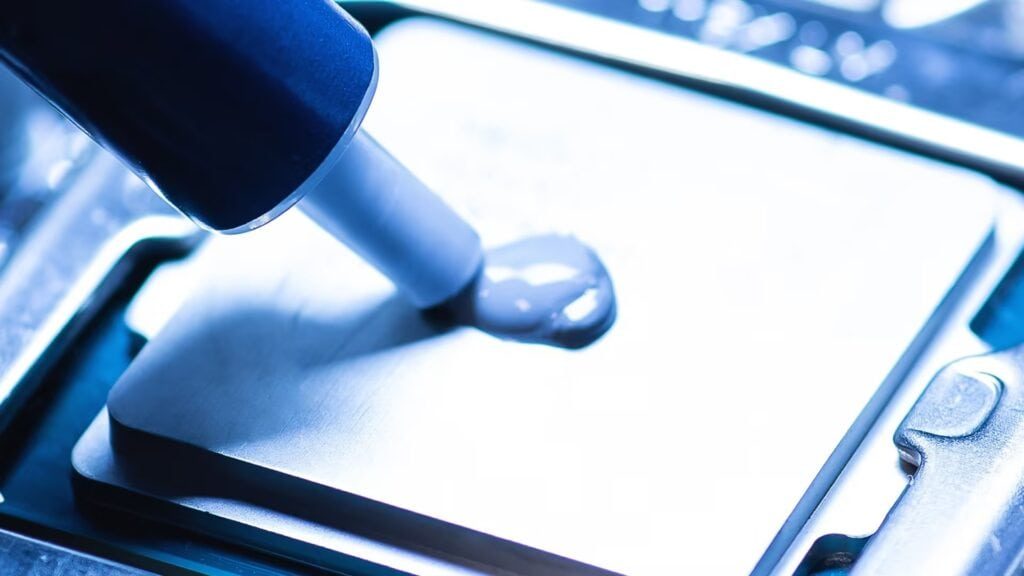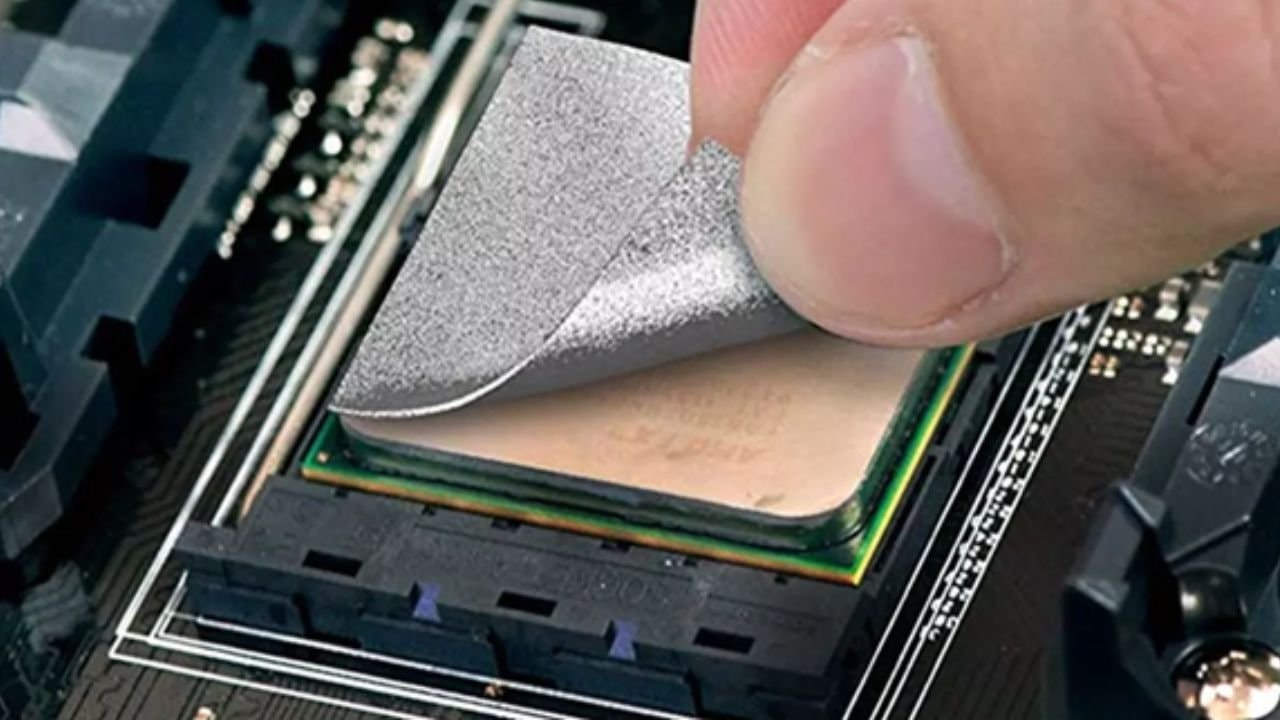
“Building a powerful PC is like building a sports car — but even the fastest engine is useless if it overheats.”
Inside your computer or electronic devices, heat is the one enemy that never takes a break. Whether you’re conquering new gaming levels, rendering high-res designs, or casually scrolling through cat videos, your PC components are constantly generating heat. And if that heat isn’t managed properly, it can quietly erode your performance and shorten the life of your system.
This is where thermal interface materials (TIMs), such as thermally conductive material thermal pads, step in—small, silent helpers that keep the heat moving out, preventing your PC from overheating or malfunctioning mid-task.
In this beginner-friendly, well-researched guide, we highlight what thermal pads are, how they work, and why they’re important to your PC’s cooling system. You’ll learn about their materials and types, 10 amazing benefits over other cooling methods, and find out how to choose the right one for your setup. We’ll also walk you through the proper installation process, common mistakes to avoid, and when thin thermal pads are a more intelligent choice than traditional options, such as thermal paste. Lastly, we’ll even share why brands like JiuJu are trusted choices for thermal solutions.
First of all, let’s understand the basics of how and why your PC heats up in the first place.
Understanding the Basics of PC Cooling
Why PCs Generate Heat?
Every component inside your PC—from the CPU and GPU to smaller players like VRMs (Voltage Regulator Modules) and memory chips—generates heat as a byproduct of electrical activity. The more demanding the task, the more electricity flows and the more heat is produced. High-performance gaming, 3D rendering, video editing, or even multiple browser tabs can spike the workload, causing these components to warm up fast.
What is the Impact of Heat on the Performance and Health of Your PC
Heat can lead to thermal throttling—a protective measure in which your hardware slows itself down to prevent overheating. While this prevents immediate damage, it also means reduced performance when you need it most. Over time, constant heat exposure can degrade sensitive components, shorten the lifespan of your PC, and cause unexpected crashes or failures.
Now, let’s see what exactly thermal pads are and why they might be the better choice for your build. Let’s take a closer look.
What Are Thermal Pads?
Definition and Purpose
To put it simply, thermal pads are soft and squishy, not completely solid, pre-formed slabs of thermally conductive material that sit between two surfaces—typically a heat source like your CPU or VRAM and a heat sink—to help manage temperature. They act as a thermal interface material, efficiently transferring heat away from two components to prevent overheating.
They are designed to bridge the microscopic gaps between two uneven surfaces, removing air gaps that hinder effective heat transfer. Unlike thermal paste or thermal grease, thermal pads are cleaner, easier to apply, and often reusable, making them a go-to choice for both beginners and seasoned PC builders.
Now that you know what thermal pads are in concept, let’s explain the magic of how they actually work under the hood.
How They Work?
Thermal pads work by enhancing thermal conductivity—the ability of a material to conduct heat. Computer components and heat sinks often have microscopic imperfections that create air gaps, which are poor conductors of heat. A thermal pad fills those voids with a thermally conductive medium, forming a smooth thermal bridge between two surfaces.
By doing so, it minimizes thermal resistance, allowing heat to flow away from the heat source toward the heat sink more effectively. What is the result of this effective delivery? Your components stay cooler, your performance stays stable, and your PC operates more efficiently.
Now that we’ve seen how thermal pads work their magic, let’s check out where you’ll commonly find them in use.
Where Are They Used?
Thermal pads are incredibly versatile and are used in a variety of spots throughout your PC build. You’ll often find them between VRAM modules and heat sinks, on SSD controllers, and even in laptops where traditional coolers and fans can’t be used due to space constraints.
Their flexible nature allows them to mold themselves around oddly shaped components, ensuring solid heat transfer even in tight or irregular spaces. They’re ideal in any scenario where a stable, mess-free thermal interface material is preferred over thermal paste.
With that in mind, let’s look at the materials used in thermal pads and the types available to you.
Materials and Types of Thermal Pads
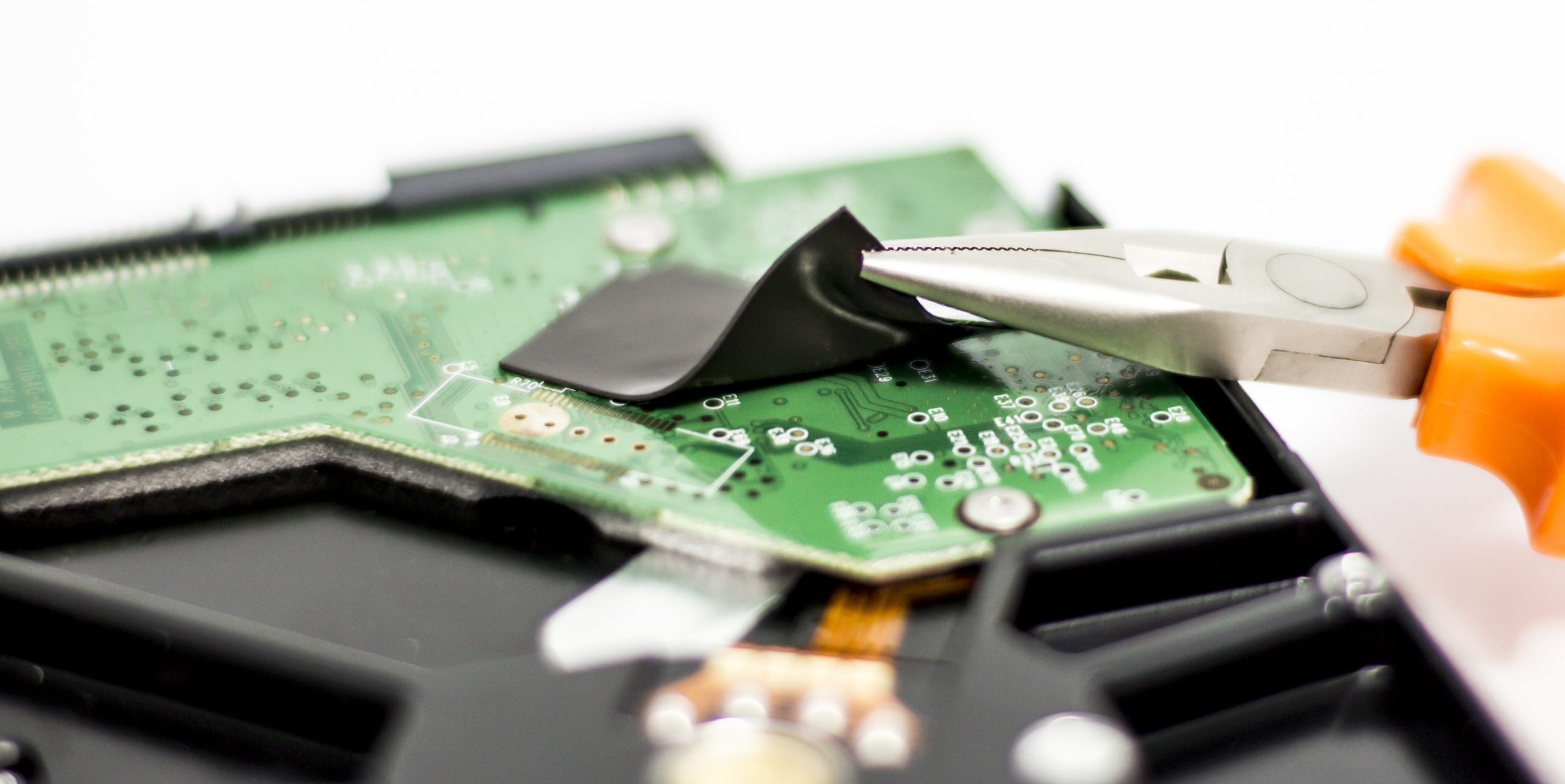
Not all pads are created equal—here’s what you should know
Thermal pads are made from various thermally conductive sheets such as silicone, graphite, ceramic-infused compounds, and even phase-change materials. These materials vary widely in thermal conductivity, measured in W/m·K (watts per meter-kelvin).
For instance:
- Silicone-based pads typically range from 1.0 W/m·K to 4.9 W/m·K. You can check the full range in 3M’s 5519 Technical Data sheet (PDF).
- Ceramic-filled pads, like 3M’s 5590H, offer stable performance around 2–3 W/m·K. See the full specs in 3M’s 5590H Product Data Sheet (PDF).
- For a full overview of 3M thermal pad types and comparison charts, click 3M’s Thermal Pad Selection Guide (PDF).
These pads are tested using industry-standard methods, such as ASTM D5470, to ensure reliable and consistent thermal conductivity values.
Choosing the right type depends on your use case—are you cooling an SSD, a VRM, or a full GPU? And what level of thermal resistance are you aiming to minimize?
Now, let’s examine the real-world advantages that make thermal pads a smart addition to your cooling arsenal.
10 Amazing Benefits of Using Thermal Pads
10 compelling reasons why thermal pads are a preferred solution for many tech enthusiasts, showcasing their effectiveness :
- Mess-Free Application: No squeezing tubes or spreading like with thermal paste.
- Reusability: Many pads can be repositioned or reused multiple times.
- Perfect for Tight Spaces: Ideal for laptops or small form-factor builds.
- Electrical Insulation: Many pads don’t conduct electricity, which adds safety.
- Consistent Thickness: Ensures uniform heat transfer.
- Easy Replacement: Swap out worn pads without a cleanup mess.
- Durability: Resistant to drying out or degrading over time.
- Improved Lifespan of Components: Better thermal management leads to longer component life.
- Affordable: Budget-friendly compared to high-end pastes.
- Compatibility: Works with heat sinks, SSDs, VRMs, and more.
Are you tempted to grab one? Before you do, let’s help you select the best thermal pad for your unique setup.
How to Choose the Right Thermal Pad
When choosing a thermal pad, please note that the following factors are to be considered :
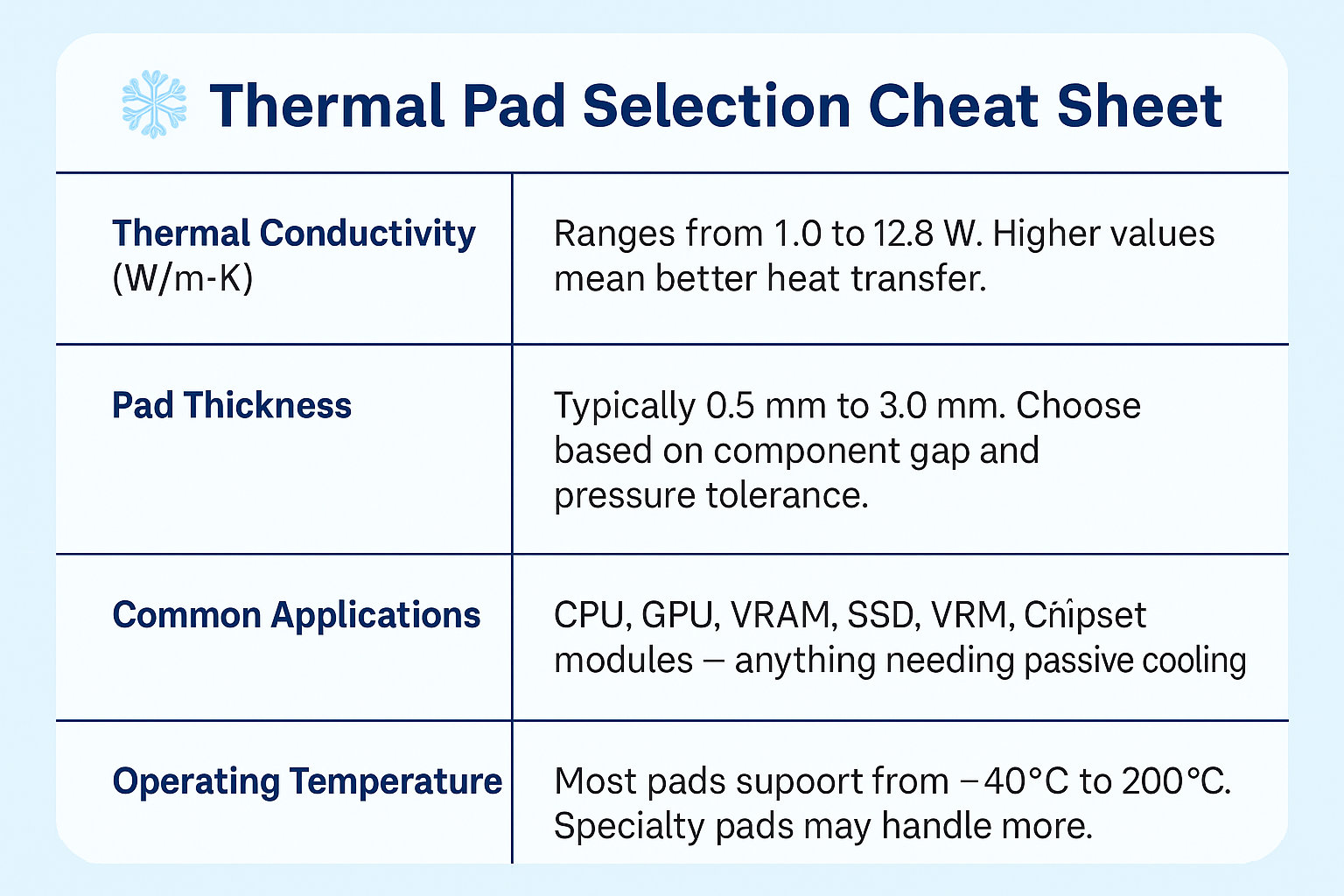
For example, a higher thermal conductivity pad (above 6 W/mK) is ideal for high-performance GPUs or overclocked CPUs, offering ease of application. On the other hand, a moderate pad around 3-4 W/mK works well for thermal management in SSDs or memory modules.
With the right choice, you ensure solid heat transfer, reduced thermal resistance, and a cooler, more reliable system. Let’s now walk through the process of installing them correctly.
Step-by-Step Guide to Installing Thermal Pads
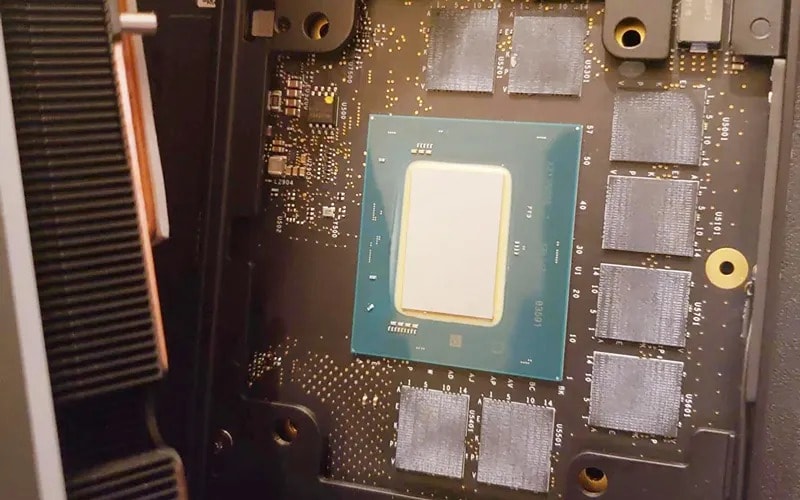
Installation doesn’t have to be intimidating—follow these steps
- Power down and unplug your PC.
- Disassemble the component (e.g., remove the GPU cooler or SSD cover).
- Clean the surface of the heat source and the heat sink using isopropyl alcohol.
- Measure and cut your thermal pad to fit the component precisely.
- Peel off protective films (if applicable).
- Apply the pad to the component with light pressure.
- Reassemble and test your PC.
Always ensure the soft pad has good contact without overly compressing the pad. An excessively thick pad can create new air gaps instead of eliminating them.
While installation is easy, a few common mistakes can still derail your cooling efforts.
Some Common Mistakes to Avoid
Don’t let these errors ruin your cooling setup
- Using Pads with Paste: Never stack thermal pads with thermal paste or thermal grease—choose one.
- Choosing the Wrong Thickness: Too thin won’t touch both surfaces; too thick may not fit
- Ignoring Alignment: Misaligned pads can create new thermal bridges or block airflow.
- Skipping Surface Cleaning: Always remove old paste or dust before application.
Avoiding these pitfalls helps your thermal pad perform optimally, ensuring optimal thermal management and system stability.
JiuJu Tech Proven Performance, Trusted Worldwide
For over 20 years, JiuJu Tech has specialized in thermal conductive materials—from graphite and silicone to cutting-edge phase-change technology. Serving more than 300 enterprises worldwide,
JiuJu is trusted by industries ranging from consumer electronics to automotive engineering.
Samantha L. (Automotive Engineer) shares:
“Thermal solutions greatly improved our system’s efficiency, reducing overheating and extending component lifespan.”
Ready to Upgrade Your Setup
Get JiuJu’s premium range of thermal pads NOW—engineered for performance, durability, and effortless application.
Wrapping It Up
Thermal pads may seem small, but they play a big role in keeping your PC running cool and smooth. By filling in tiny air gaps, reducing thermal resistance, and improving overall heat transfer, they help your system stay quiet, stable, and high-performing—even during intense gaming or long editing sessions.
Whether you’re a beginner trying to avoid messy thermal paste or an experienced builder seeking a clean, efficient solution, thermal pads are a smart, low-risk choice that delivers exceptional value. These squishy little rolls of thermally conductive material quietly handle the heavy lifting behind the scenes.
So next time you’re upgrading your setup, think simple—think smart—contact JiuJu for thermal pads
FAQs
Q: Are thermal pads better than thermal paste?
A: Not necessarily better—just different. Thermal pads are easier to apply and safer for beginners.
Q: Can I reuse a thermal pad?
A: Yes, many thermally conductive pads are reusable, especially graphite-based ones. But inspect them first for wear or contamination.
Q: Are thermal pads good for laptops?
A: Yes! Their flexible form and clean application make them ideal for tight laptop spaces where fans or thermal paste may not fit well.



